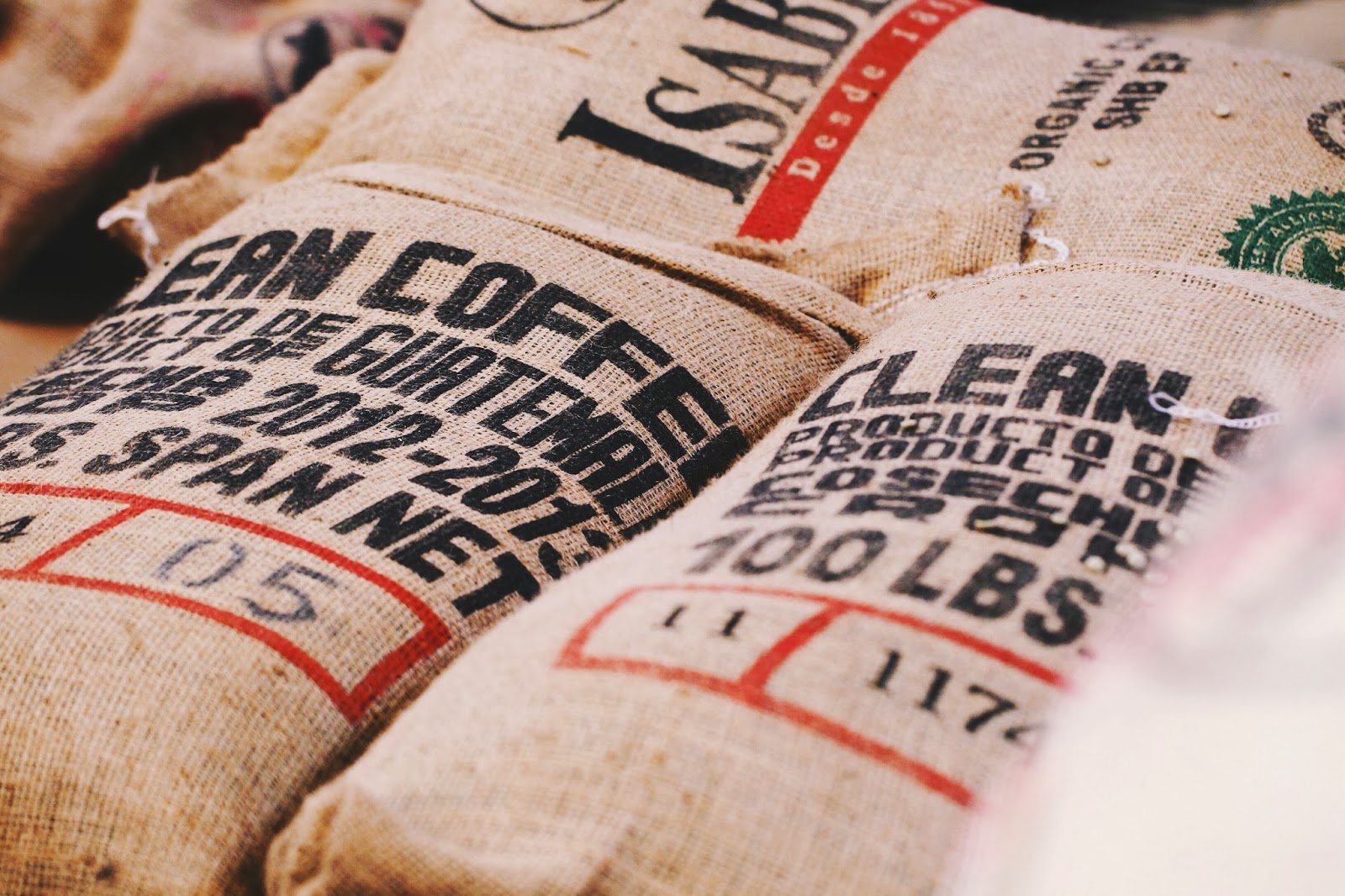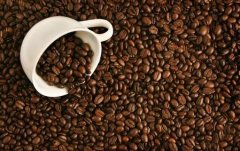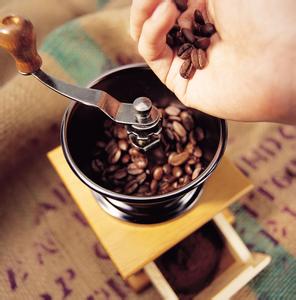Coffee roasting principle the roasting of heat conduction, convection and radiation
Coffee roasting will face a variety of problems, only familiar with the principle of coffee roasting, continue to accumulate experience, coupled with improvisation, baristas can master superb skills. To do a good job in baking, every production link can not be ignored, the selection of materials should be fastidious, the weighing of materials should be accurate, and the operation should be careful.

Baking is a science. To understand the principle of baking, we must first understand the three ways of heat conduction, convection and radiation.
Conduction refers to when the heat is transmitted by the heat source, causing the surrounding molecules to vibrate and release heat, gradually moving from the high temperature to the low temperature. The conduction of stainless steel has the phenomenon of uneven heating, which can easily lead to colder and hotter parts of the pot.
Convection means that when the material is heated, the fluid material or gas rises due to the volume expansion and the decrease of density due to the heating action, and its position is supplemented by the colder and denser fluid exchange around it, and then rises by heating, and the surrounding material is added. Such a continuous cycle of heating motion is called convection.
Radiation does not need any medium, and the heat can be radiated directly to the object to heat it. The most common form of radiation used in food is the use of dielectrics, microwaves or infrared rays. In the specific operation of baking, it is often baked in two or three ways at the same time, depending on the environmental conditions at that time.
The problems commonly encountered in coffee roasting are as follows:
First, when the preheating temperature of the oven is not enough, the coffee beans are immediately put into the oven, which prolongs the baking time. Therefore, the baking loss is large, and the color of coffee beans is light, which is due to the lack of heat and the lack of full coking of the skin, resulting in a lack of color and rough internal tissue.
Second, the temperature of the oven is too high, the hard skin is formed prematurely on the surface of the coffee, which suppresses the expansion of the internal tissue, and because of its fast surface coloring, the operator mistakenly thinks that the product has been baked and ends the baking ahead of time. The inside of this kind of bean is sticky and dense, it doesn't expand as it should, and it doesn't have a normal flavor.
Third, the gap is too long after preheating. Too much heat accumulates in the internal furnace which has been dry and hot for too long. As soon as the coffee beans enter the oven, all the heat sources concentrate on the surface of the beans at the initial stage of the baking process, forming too strong heat, and then the heat disappears and cools rapidly. The unstable temperature in the furnace makes the coffee beans difficult to ripen inside.
Fourth, the baking time is too much or not enough. The baking temperature and time should be adjusted according to the number of beans. A small number of baking silos have more space, and the metal conducts more heat radiation, so the temperature is lower, while when the quantity is larger, the temperature can be higher. The baking time also needs to be adjusted flexibly. The heating of beans in the oven is nothing more than the absorption of heat from the appearance and surrounding to the center of the beans, so the baking can be observed from the changes in the appearance of the beans.
In addition, the type and performance of the roaster will also cause the difference of baking time and temperature. The convection design of energy has been continuously improved from the direct-fired gas up-and-down fire mode to the electric heating mode which is now widely used. At the same time, the installation of fans can improve the stability of thermal convection, make the color of baked beans more uniform, and save electricity and baking time.
Advanced tools and equipment make the baking process easier to operate, and it is equally important for operators to accumulate baking experience.
In short, coffee roasting will face a variety of problems, only familiar with the principle of coffee roasting, continue to accumulate experience, coupled with improvisation, baristas can master superb skills.
Important Notice :
前街咖啡 FrontStreet Coffee has moved to new addredd:
FrontStreet Coffee Address: 315,Donghua East Road,GuangZhou
Tel:020 38364473
- Prev

Definition of roasting degree and Taste of all kinds of Coffee Coffee roasting
Let's talk about the definition of various baking degrees and taste. In the United States, the degree of roasting has long been defined by Cinnamon (shallow roasting), City (shallow roasting), Fully City (deep roasting) and Dark roast (heavy deep roasting, including Italian and French). However, the American preference for coffee flavor has always been strong in the west and light in the east, so on the west coast.
- Next

Coffee Roasting Awakens the World's Strongest Aromas Coffee Roasting
Grasp a handful of coffee beans smell, there is always a pungent earthy smell, different from the impression of charming coffee fragrance. However, when properly roasted, raw beans emit the world's most intense aroma. The tiny high-altitude Arabica green bean is like a warehouse full of chemicals. Scientists have identified more than 2,000 known ingredients, including 700 to 700.
Related
- Beginners will see the "Coffee pull flower" guide!
- What is the difference between ice blog purified milk and ordinary milk coffee?
- Why is the Philippines the largest producer of crops in Liberia?
- For coffee extraction, should the fine powder be retained?
- How does extracted espresso fill pressed powder? How much strength does it take to press the powder?
- How to make jasmine cold extract coffee? Is the jasmine + latte good?
- Will this little toy really make the coffee taste better? How does Lily Drip affect coffee extraction?
- Will the action of slapping the filter cup also affect coffee extraction?
- What's the difference between powder-to-water ratio and powder-to-liquid ratio?
- What is the Ethiopian local species? What does it have to do with Heirloom native species?

